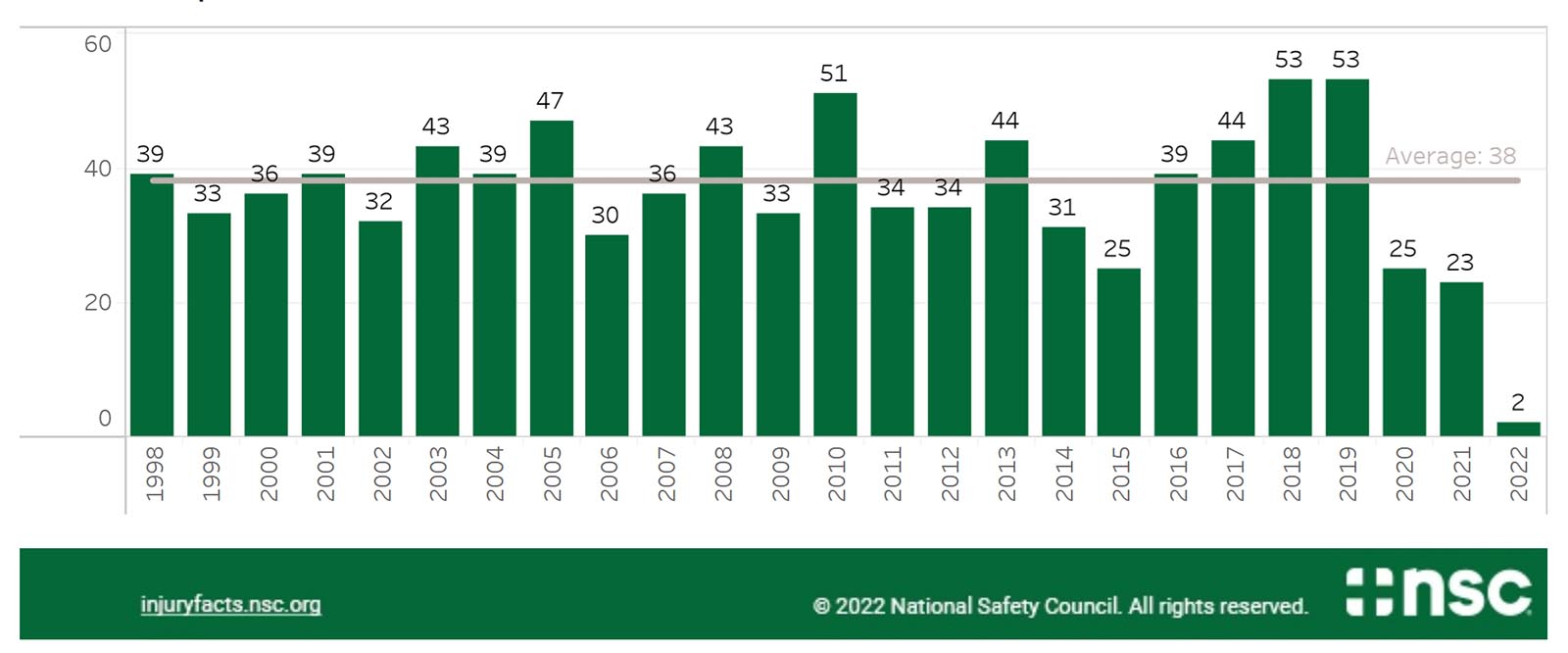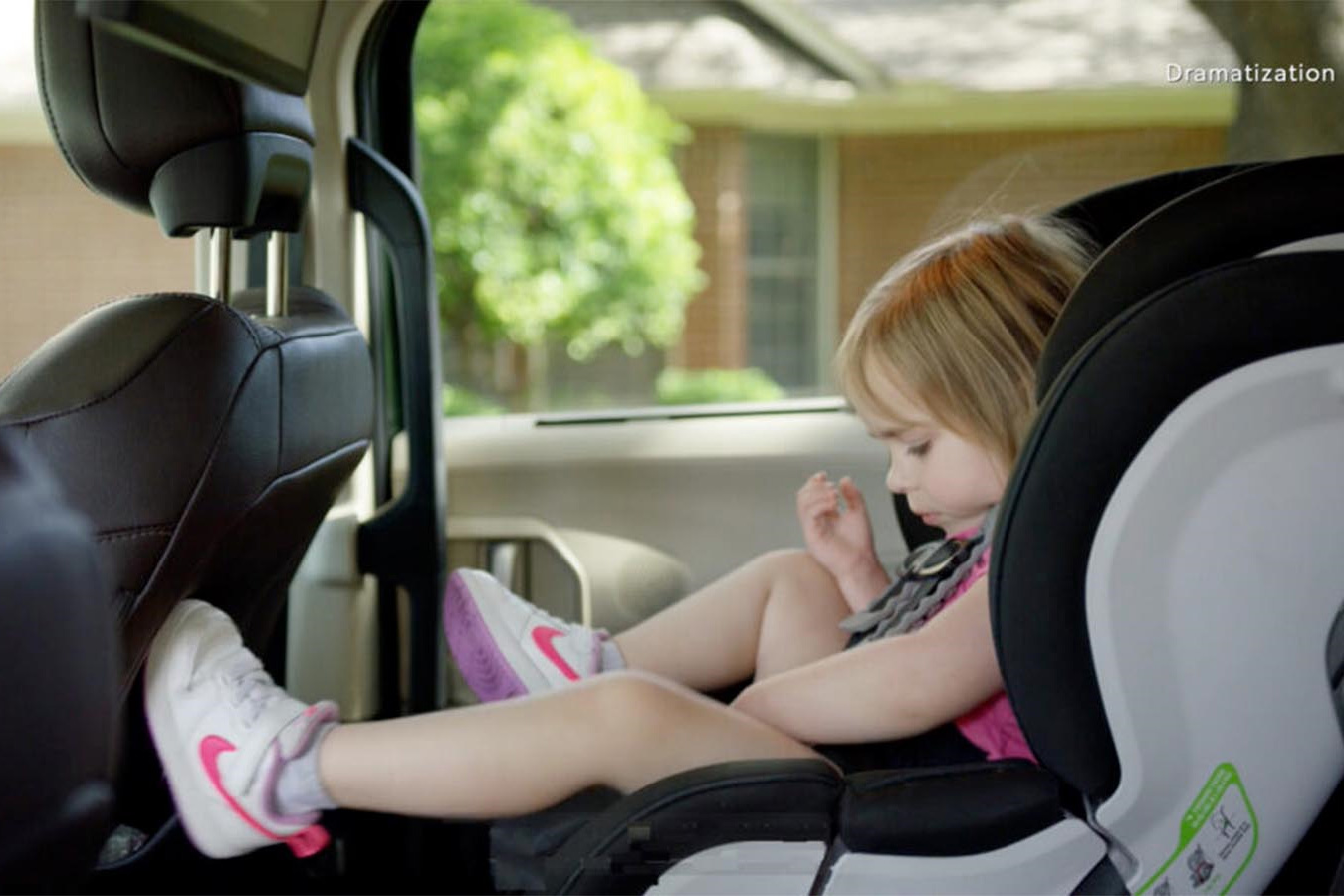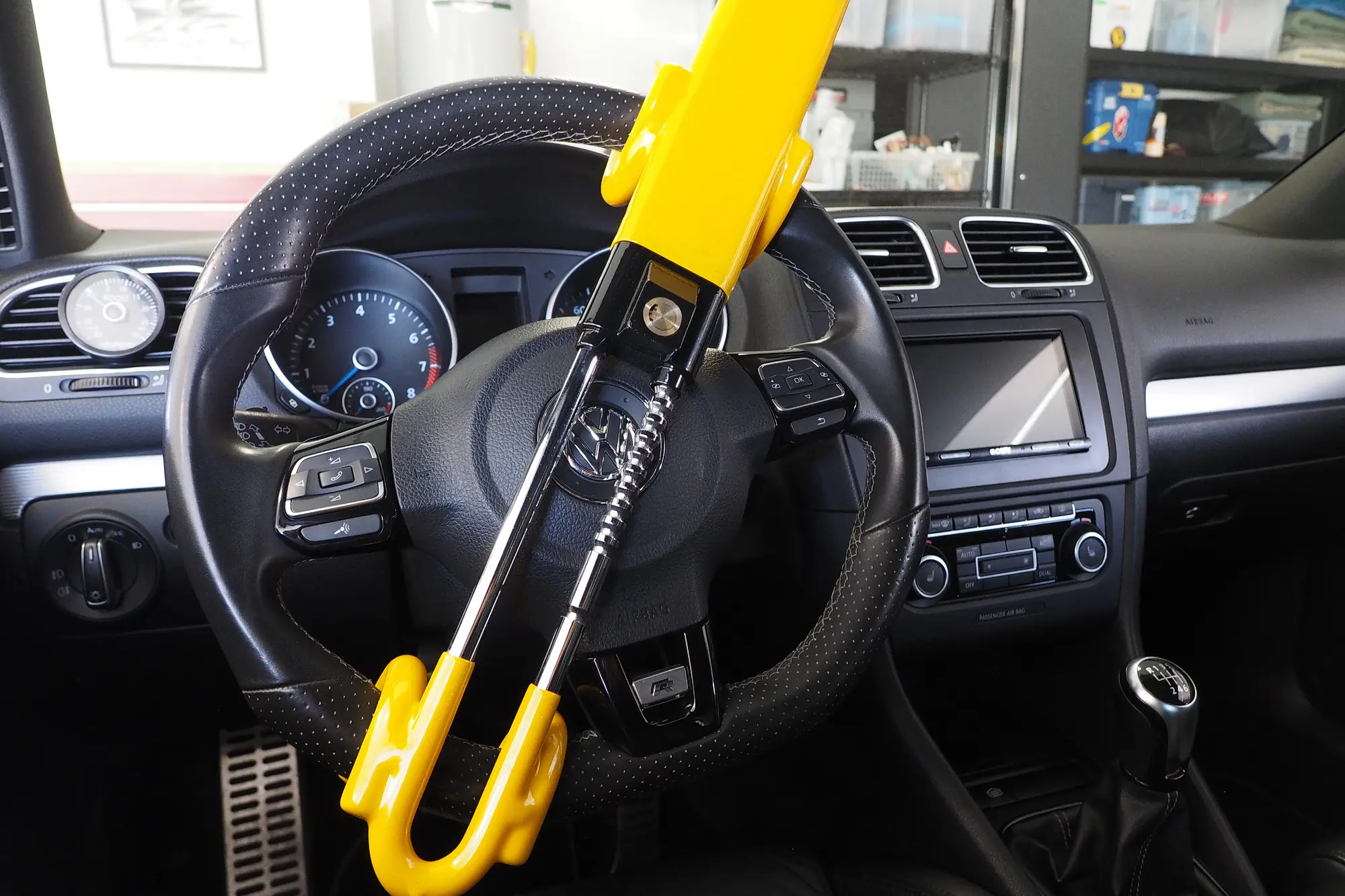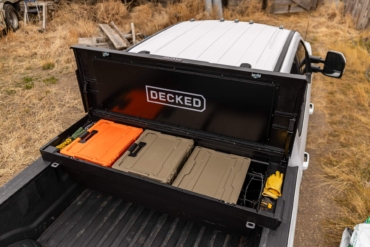If this year is like any other, 38 children will die after entering or being left behind in overheated vehicles. The problem has stymied automakers and safety experts alike, but Toyota may have a solution.
While still officially referred to as a “proof-of-concept,” Toyota’s Cabin Awareness system could be the long-sought solution to the problem of hot cars leading to kids’ deaths. It is a high-tech sensor that can tell whether children — or pets — are left inside a vehicle, sounding an alert, and even calling emergency responders, if necessary.
Though there are still some challenges left to address, the prototype demonstrated to GearJunkie at the automaker’s North American headquarters in Plano, Texas, is sensitive enough to detect the breathing of a newborn in a safety seat covered by a blanket.
“We are extremely proud of our efforts to take this idea from the drawing board to a full-blown concept, and, hopefully, developing a technology that has the potential to save lives,” said Zack Hicks, Toyota Motor North America’s chief digital officer and CEO of its in-house technical operation, Toyota Connected.
The Hot Car Problem

The hot car problem is a serious one. A record 53 children died in both 2018 and 2019, according to the National Safety Council, with an average toll of 38 deaths annually over the past several decades.
In a handful of cases, parents and caregivers have intentionally left children behind in vehicles, knowing the risks. Justin Ross Harris, a Georgia father, was convicted in December 2016 and sentenced to life without parole for purposely leaving his 22-month-old son Cooper to die in a hot vehicle.
However, “[v]ery few of the deaths involve intentional child endangerment, where parents willingly leave kids in a hot car,” according to Amber Rollins, the director of the nonprofit KidsAndCars.org. In fact, records show that as many as a quarter of such deaths occur when young children enter a closed vehicle and then find themselves trapped inside.
When parents and caregivers are at fault, experts say they may simply have been distracted by a change in schedule or another disruption. Or, they may not realize the dangers as they run into a grocery store while leaving a child behind.
On a hot and sunny day, according to data quoted by Toyota officials, the cabin temperature in a closed vehicle can climb as much as 6 degrees Fahrenheit per second. And even on a day when outside temperatures are in the 60s or 70s, the interior temp quickly can top 100.
An Elusive Answer
Researchers have struggled to find a solution. But, so far, the best the auto industry has come up with is the “safety minder” system that detects when a rear door has been opened, possibly for a child or pet. Then, when the vehicle is turned off, an alert flashes on the instrument panel, reminding the driver to check the back seat.
The ongoing rollout of that technology has coincided with a dip in hot car deaths, which fell to 25 in 2020 and 23 last year. But it’s unclear whether that was simply the result of the COVID pandemic and the fact that millions of Americans have been working from home.
Toyota Connected’s Cabin Awareness System

With the Cabin Awareness system, Toyota Connected, the automaker’s high-tech research subsidiary, has the benefit of the latest in sensor technology — in this case, a highly sensitive 4D radar device.
Mounted in the headliner of a vehicle like the Sienna minivan, the high-resolution module captures a continuing series of images from inside the car and compares individual frames. Even the most minute movements, like the rise and fall of a newborn’s chest, can trigger an alert. And the radar can penetrate fabric, like an infant’s blanket.
When that happens, the Cabin Awareness system initially issues an alert, such as flashing the vehicle’s lights or sounding its horn. Using a vehicle’s in-car telematics system, it can follow up by sending an alert to a parent or caregiver by text or through the Toyota mobile app.
Ultimately, the system could alert authorities, said Hicks. And the vehicle’s doors could be remotely unlocked so rescuers wouldn’t have to break in.
What’s Next?
For now, the Toyota Connected CEO said, there are still challenges “to work out.” Project team members told GearJunkie they have to make sure they can minimize false alerts that could be triggered, for example, by a bird landing on a vehicle’s windows. And they don’t want the system to go off if a vehicle is bumped or jostled, causing objects in the cabin to rock or fall.
It might require a camera inside the vehicle that would be used to ensure that it’s a child or pet that set off an alarm.
But Hicks is confident that a solution can be found. “We hope to get it into production” later in the decade, he said.
He’d like to see Cabin Awareness first integrated into one of the fully autonomous ride-share vehicles that Toyota is now working on. It could prove particularly dangerous to inadvertently leave a child behind in such a vehicle where there is no human driver to realize what happened.
But if Cabin Awareness technology proves effective and cost-efficient, it eventually could wind up in retail models, as well.







